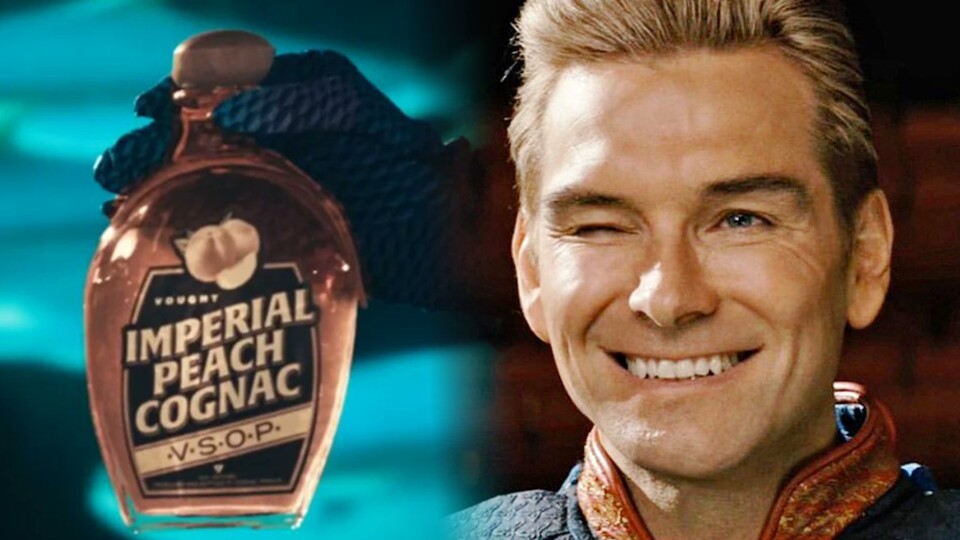
The Boys is still making fun of Amazon's idea. But it could soon become a reality. Image source: Amazon
Advertisement
In the latest episode of The Boys, there's a scene that, at first glance, looks like a satirical exaggeration, but is actually based on a real request from Amazon.
Showrunner Eric Kripke recently revealed that Amazon had suggested to the team of The Boys to integrate virtual product placements into the seriesThis technology makes it possible to share products digitally in the series based on viewer data.
Kripke turned down the offer, but found the idea so absurd that he incorporated it into the series.
Link to Twitter content
Subsequently The dangers of rural life
A new feature of the fictional streaming provider Vought+ is introduced: Products that can be exchanged depending on the viewer.
For example, a fine IPA beer for white viewers could be replaced with cheap peach schnapps for black viewers. The reactions of the fictional viewers and superheroes to this idea are, as expected, negative, as Vought is obviously using a racist stereotype here.
Virtual product placements are more than a gag
In his tweet, Kripke refers to a Article from the website Marketing Brew from 2023, which examines the challenges and limitations of virtual product placement. Both Amazon and NBC Universal had already made plans to test this technology in 2022, but a year later, practical implementation was still not fully feasible.
The aim of Virtual Product Placement is to integrate products more easily into series and films: In contrast to traditional product placement, where brands have to be integrated in pre-production, products can be added later. It is also possible to swap products based on demographic data, as shown in the program.
However, the implementation is still time-consuming, and the process is currently said to take up to six months for just one product. Nevertheless, it seems only a matter of time before you are presented with personalized advertising when watching films and series.
So if next season you see Homelander sipping a bottle of German beer instead of his beloved glass of milk, you'll know why.